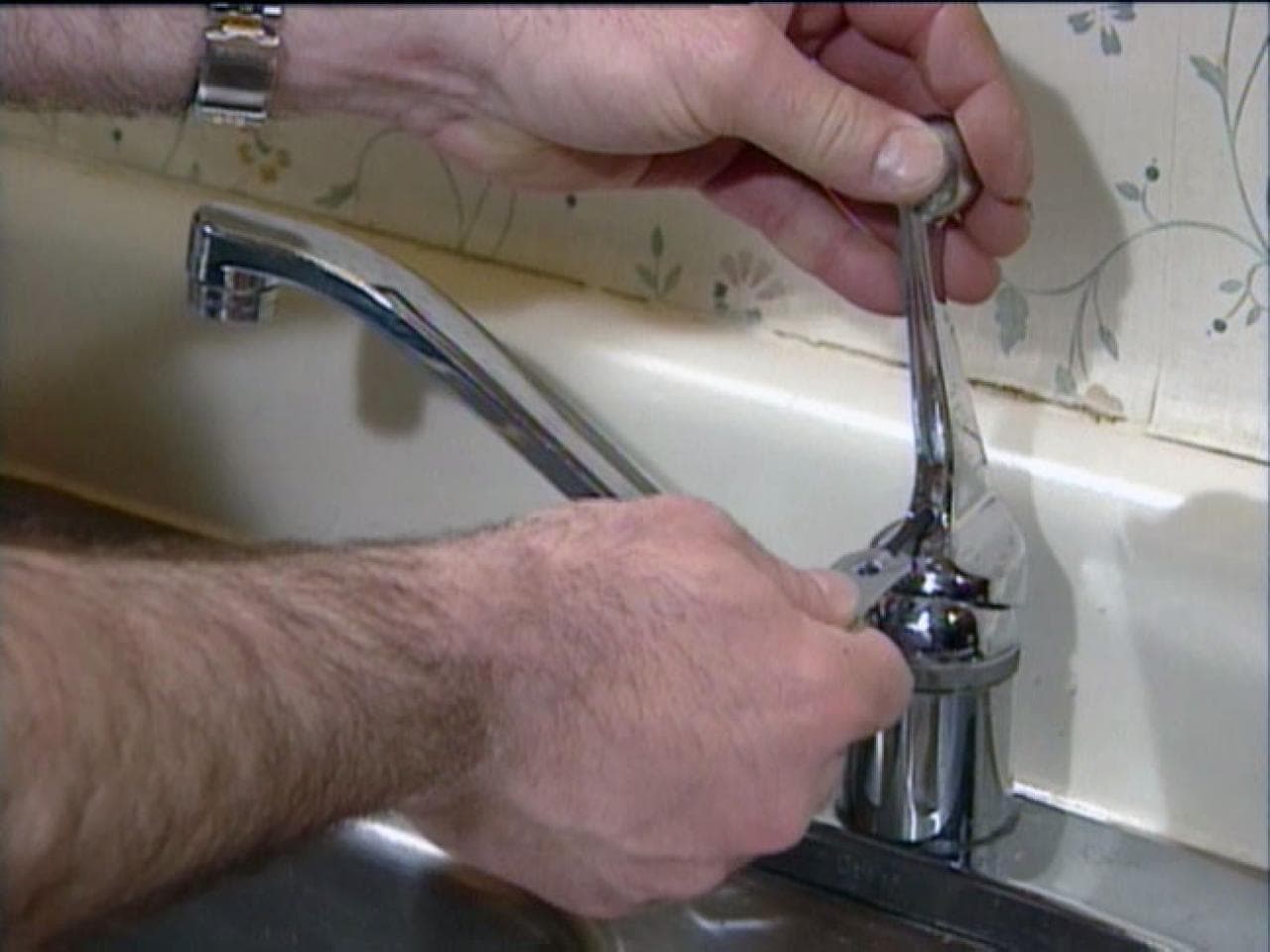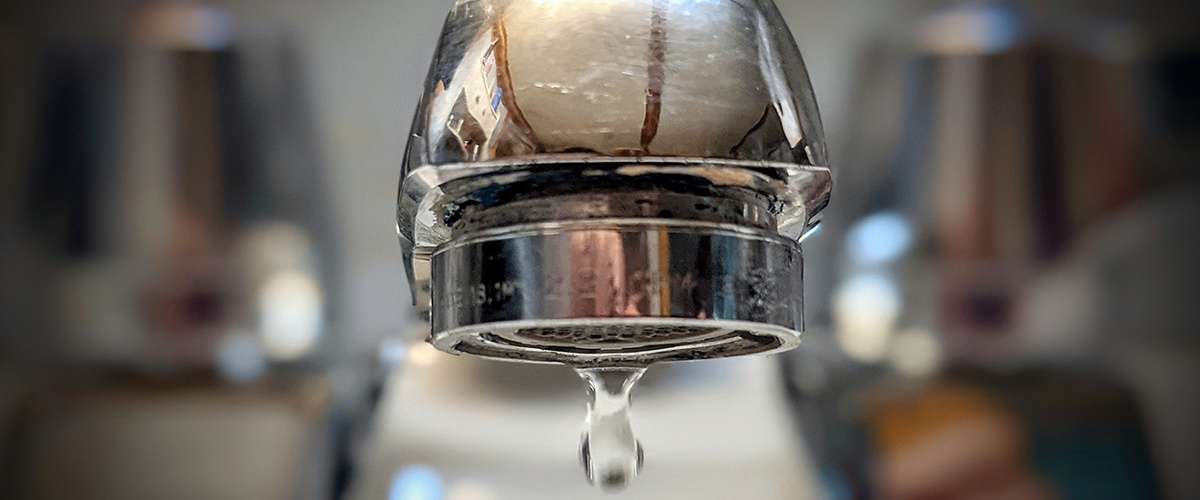In this article underneath you'll find additional high-quality expertise around Should I Repair or Replace a Leaky Faucet?.

Trickling taps could seem like a minor hassle, however their effect surpasses simply the aggravation of the audio. From wasting water to incurring unnecessary financial costs and health risks, neglecting a trickling tap can cause different repercussions. In this short article, we'll delve into why it's essential to address this typical household concern without delay and successfully.
Waste of Water
Environmental Influence
Leaking taps contribute significantly to water wastefulness. According to the Environmental Protection Agency (EPA), a solitary faucet dripping at one drip per secondly can waste more than 3,000 gallons of water each year. This not only pressures water resources yet also influences environments and wild animals based on them.
Step-by-Step Overview to Fixing a Dripping Tap
Devices Required
Prior to attempting to repair a trickling faucet, gather the necessary tools, consisting of a flexible wrench, screwdrivers, replacement components (such as washing machines or cartridges), and plumber's tape.
Common Faucet Issues and Their Solutions
Determine the kind of tap and the specific issue causing the drip. Typical issues consist of damaged washing machines, rusty shutoff seats, or defective O-rings. Refer to supplier guidelines or on-line tutorials for detailed advice on repairs.
Financial Costs
Raised Water Costs
Past the ecological effect, dripping faucets can blow up water costs considerably. The collected waste over time translates right into greater utility expenditures, which could have been avoided with prompt fixings.
Potential Residential Or Commercial Property Damage
In addition, extended dripping can cause harm to components and surface areas bordering the faucet. Water buildup can trigger staining, corrosion, and also structural problems if left neglected, leading to added repair work expenses.
Wellness Problems
Mold and Mildew Development
The constant existence of wetness from a trickling faucet produces an optimal setting for mold and mildew and mold growth. These fungi not only jeopardize interior air top quality yet additionally posture health risks, particularly for individuals with breathing conditions or allergies.
Waterborne Illness
Stationary water in trickling taps can end up being a breeding place for germs and other microorganisms, boosting the danger of waterborne conditions. Pollutants such as Legionella germs thrive in stationary water, possibly causing major illnesses when consumed or breathed in.
Do it yourself vs. Specialist Fixing
Benefits and drawbacks of Do It Yourself Repair Work
While some might try to deal with a dripping tap themselves, DIY fixings include their own collection of challenges. Without correct knowledge and devices, DIY attempts can aggravate the concern or result in insufficient repair work, extending the trouble.
Advantages of Employing a Specialist Plumber
Hiring an expert plumber makes certain that the underlying cause of the leaking tap is resolved effectively. Plumbings possess the experience and tools to diagnose and repair faucet issues efficiently, saving time and reducing the risk of further damage.
Environmental Responsibility
Individual Payment to Preservation
Taking duty for dealing with trickling taps lines up with wider efforts toward water preservation and ecological sustainability. Every individual's actions jointly make a substantial influence on protecting precious resources.
Sustainable Living Practices
By focusing on punctual repair services and adopting water-saving habits, individuals add to lasting living methods that benefit both existing and future generations.
Preventive Measures
Normal Maintenance Tips
To avoid trickling faucets, execute routine upkeep such as cleaning aerators, checking for leaks, and replacing damaged components promptly. Furthermore, consider installing water-saving devices or updating to much more effective fixtures.
Value of Prompt Fixes
Attending to trickling faucets as soon as they're discovered stops more water wastefulness and prospective damages, eventually saving both water and money over time.
Effect On Property Value
Perception of Well-Maintained Residential Or Commercial Property
Maintaining a residential or commercial property in good condition, including addressing upkeep problems like leaking faucets, enhances its perceived worth and charm among prospective purchasers or tenants.
Impact on Resale Value
Characteristics with well-maintained plumbing components, including taps, command higher resale values in the realty market. Addressing trickling faucets can contribute to a favorable perception during residential property evaluations and arrangements.
Final thought
Addressing a leaking faucet exceeds mere benefit; it's an important action towards conserving water, minimizing monetary prices, and protecting health and wellness and property. Whether via do it yourself fixings or expert aid, acting to take care of trickling taps is a tiny yet impactful means to advertise liable stewardship of sources and add to a much healthier, extra lasting future.
How to Fix a Leaky Faucet: Step-by-Step Repair Guide
A leaky faucet may seem like a simple annoyance, but if it's not fixed promptly, that leak could cost hundreds to potentially thousands. From water damage to mold, mildew, and high water bills, even a tiny leak can be catastrophic if left unattended. Damage like this can even affect the overall value of your home, so it's important to take the right approach for leaky faucet repair. You may need the help of a plumber in some cases, but we've got a few tips you can try on how to fix a leaky faucet before calling the pros.
Four Faucet Types
When you're learning how to fix a leaky faucet, the first step is knowing what kind of faucet you're working with! There are four common types.
Cartridge Faucets
Cartridge faucets come in one- or two-handled varieties. In one-handled cartridge faucets, hot and cold water combines in a single cartridge. In the two-handled versions, hot and cold water are controlled separately and mixed in the faucet.
Ball Faucets
Ball faucets have a single lever you push up and down to adjust the pressure and rotate to change the temperature. A slotted metal ball controls the amount of water allowed into the spout.
Compression Washer Faucets
They're the oldest type of faucet, but they're still used in many homes — especially older ones. Compression faucets have two separate handles that, when turned, raise or lower the washer that seals a water valve. This valve stops water from flowing through the faucet when it is turned off.
Disc Faucets
Disc faucets rarely need to be repaired due to their maintenance-free design. The water flow is controlled by two discs — the upper one raises and lowers against a fixed lower disc, creating a watertight seal. If your disc faucet starts leaking, you may need to replace the seals or clean residue buildup from the inlets.
Fixing a Leaky Faucet
Step 1: Turn Off the Water
Whether you're learning how to fix a leaky bathtub faucet or how to fix a leaky kitchen faucet, always turn off the water supply to your working area when you're fixing a leak. The last thing you want is a flood added to your list of things to fix.
Look for the shutoff valves below your sink or around the tub and turn them clockwise to stop the water flow. If your faucet doesn't have shutoff valves, you may need to turn off the water for the whole house. Check to make sure it's off by turning the faucet on. If nothing comes out, you're ready to start the repair.
Step 2: Take Apart the Faucet
How you disassemble your faucet depends on the type of fixture you have. You can use a flathead screwdriver to remove the caps on top of the handle or handles for cartridge and compression faucets. Inside, you should see handle screws. Unscrew these with a screwdriver to remove the handle.
Disc- and ball-style faucets will typically have an inlet screw near the handle, and removing that will reveal the interior of the faucet.
Detach the Valve Stem
For cartridge- and compression-style faucets, you'll see the inner valve stem or cartridge once you remove the faucet handles. If you have a compression faucet, unscrew the brass valve stem. If you have a cartridge faucet, pull out the cartridge. If your cartridge has been in place for a while, it may require some tools or extra force to remove it due to mineral deposits.
Examine and Replace Parts
Once you've removed the parts, check them out to confirm what needs to be replaced. You may see corroded rubber washers, O-rings, stems, or cartridges. On a ball-style faucet, check the seats and springs for damage.
If you need to repair a leaky disc faucet, check the inlet and seals on the lower disc.
Once you determine what parts must be replaced, visit your local hardware store. Bring the damaged parts with you to ensure you can purchase the correct components to replace them.
Clean Valves and Faucet Cavity
If you've removed a stem or cartridge, you may notice mineral buildup in the faucet's threads. Use white vinegar to clean the valve seat by soaking it for a few minutes, then scrub it away with a soft toothbrush and rinse with warm water. You can also clean the interior of the faucet in the same way.
Reassemble the Faucet
Once your faucet is cleaned and the required parts have been replaced, it's time to reassemble it. Put the pieces back together and slowly turn the water supply back on. Doing this slowly is crucial because too much initial water pressure can damage the new hardware you've just installed.
https://homewarranty.firstam.com/blog/how-to-fix-leaky-faucet

We are very drawn to Water Dripping from Faucet: Why and How to Fix and I hope you liked the article. Do you know another individual who is sincerely interested in the subject? Do not hesitate to promote it. Thanks a bunch for being here. Revisit us soon.